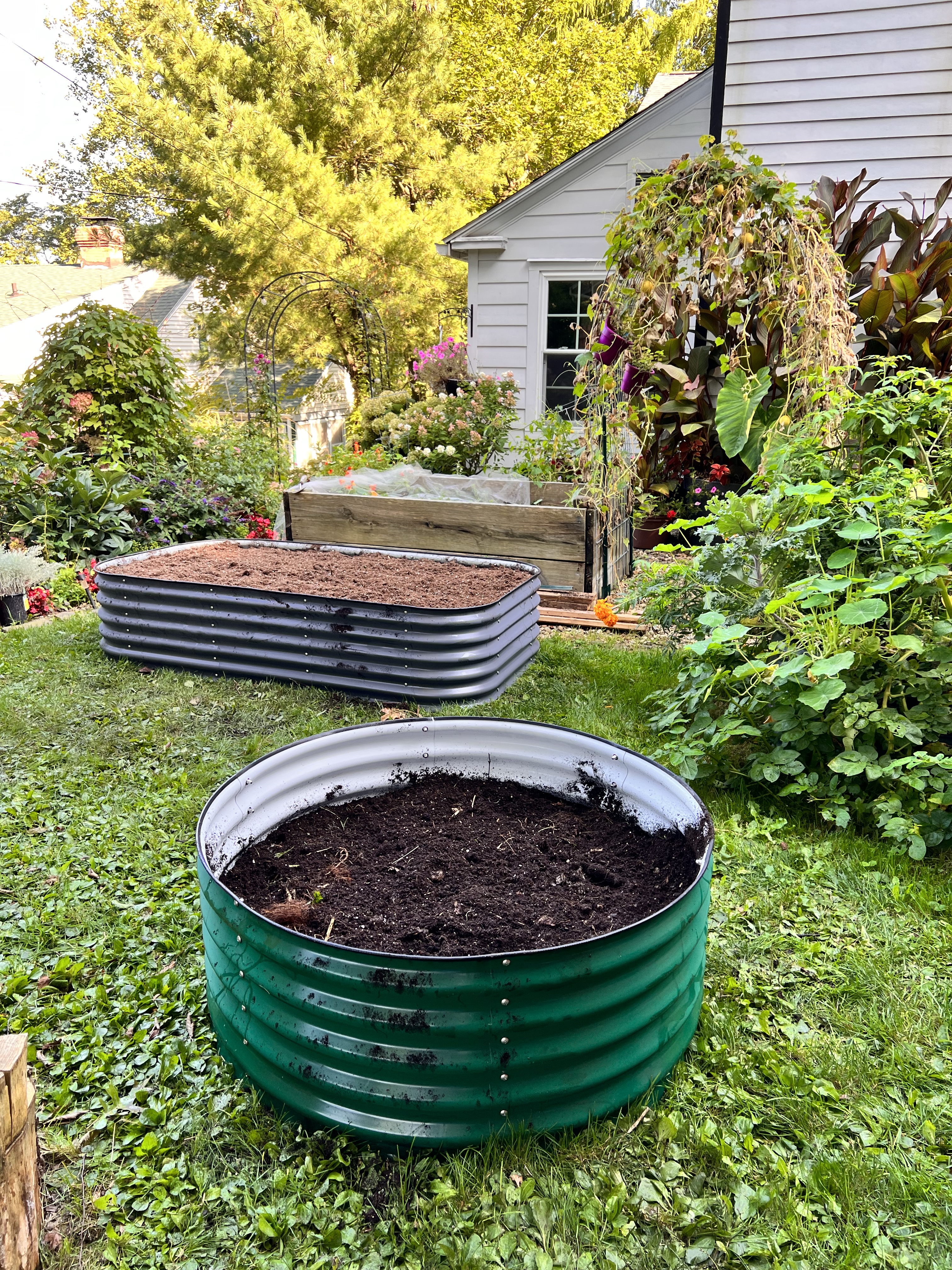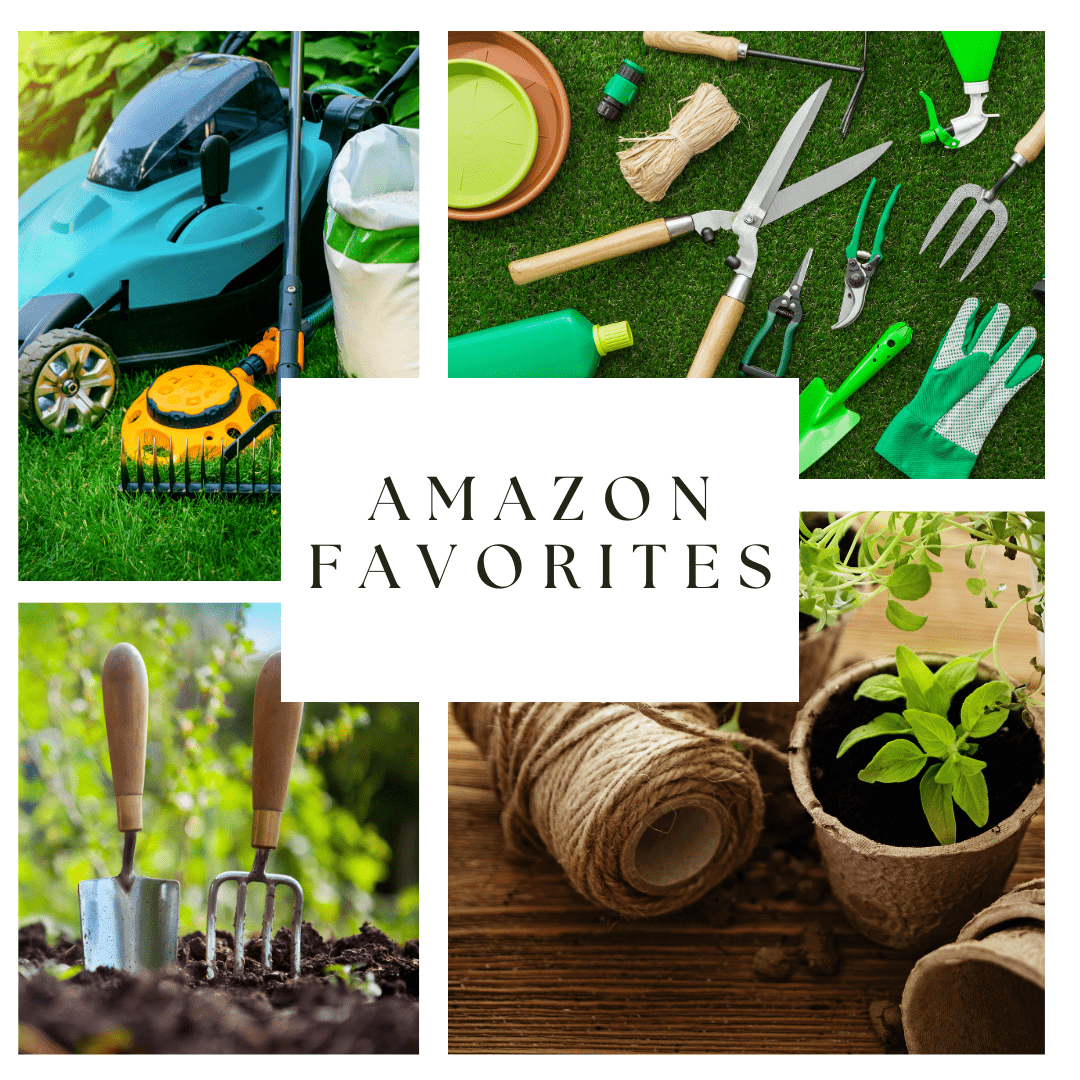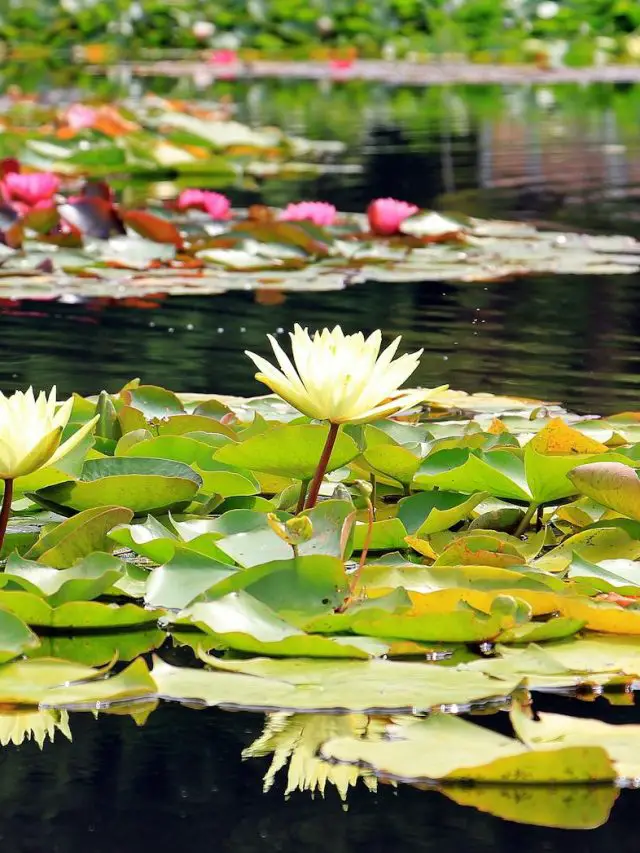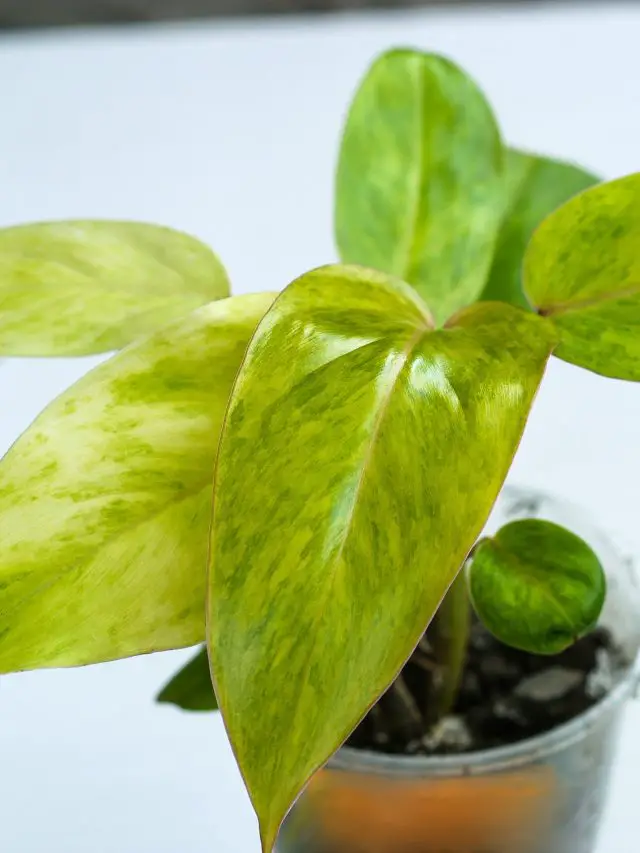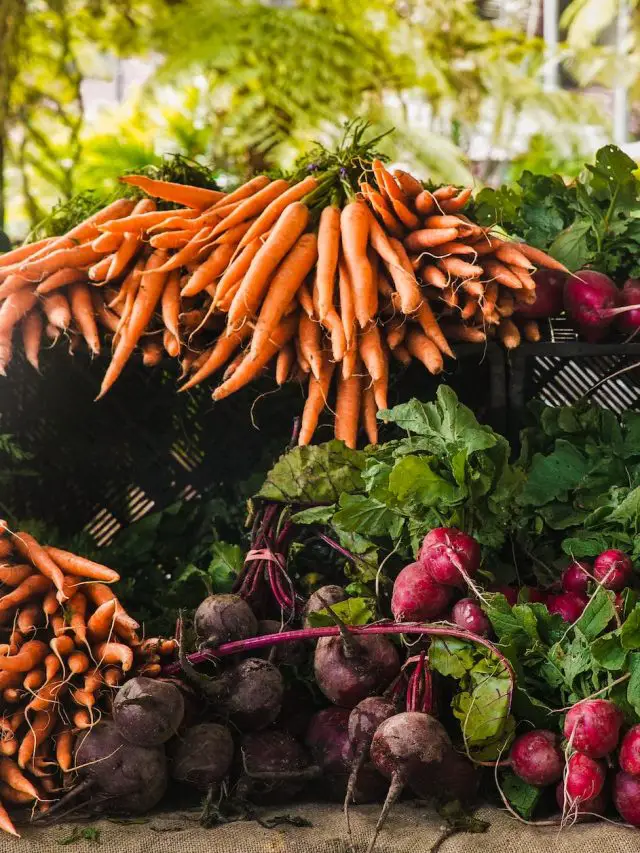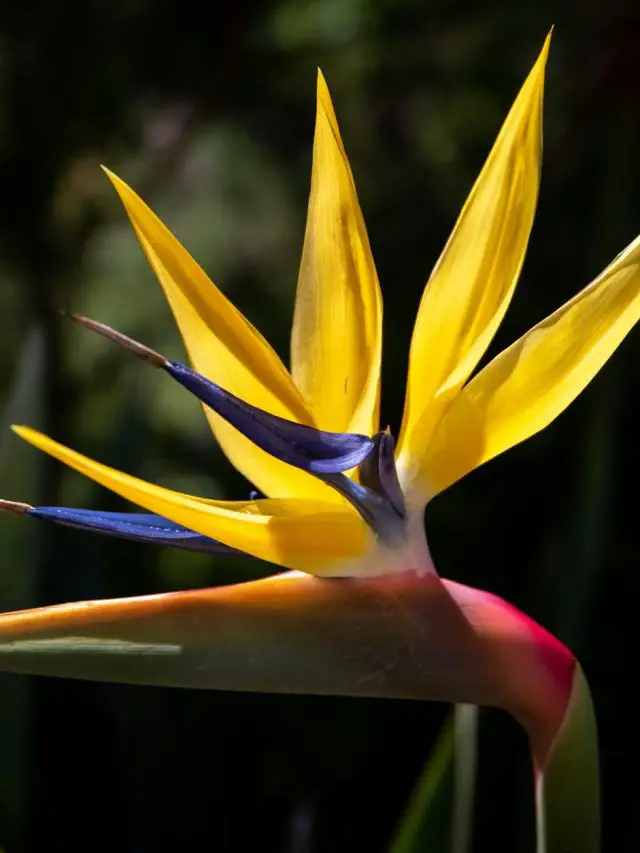How to save seeds from your garden


How to Save Seeds From Your Garden
Seed saving is the process of collecting and storing seeds from plants so that they can be planted in the future. It is a centuries-old practice that has been used by farmers and gardeners to ensure a steady supply of food. Saving seeds should be done all season long but many people save seeds heavily in the fall as the garden season is starting to close.
There are many reasons to save seeds. It can be a way to save money on gardening supplies, reduce your reliance on commercial seed companies, and preserve heirloom varieties. It can also be a fun and rewarding hobby that can connect you to the natural world. It’s also a great activity to teach kids about how plants grow and where food comes from.
If you are interested in saving seeds, there are a few things you need to know. First, you need to choose the right plants. Not all plants are created equal when it comes to saving seeds. Open-pollinated varieties are the best choice, as they will produce seeds that are true to the parent plant.
Learn how to grow Cucumbers from seed here!
Seed Saving Tips
Once you have chosen the right plants, you need to harvest the seeds when they are ripe. The best time to harvest seeds will vary depending on the plant. Some plants, such as beans and peas, will have dry pods when they are ripe. Other plants, such as tomatoes, will have fruits that are fully ripe.
You will not want to harvest seeds from plants that are diseased, had weak growth and low fruit production or suffered from heavy pest infestations or plants that you sprayed with chemicals. You want to collect seeds from strong healthy plants.
After the seeds are harvested, they need to be cleaned and dried. This can be done by rubbing them between your fingers or by winnowing them. Winnowing is the process of blowing away the chaff, or the loose material that surrounds the seeds. You do not want to clean seeds by getting them wet at any point.
Once the seeds are dry, they can be stored in an airtight container in a cool, dark place. They will be good for planting for several years.
Saving seeds is a great way to connect with the natural world and to ensure a sustainable food supply. To pass on good genetics in your plants. It is a rewarding hobby that can be enjoyed by people of all ages.

How to save seeds:
- Choose the right plants. Not all plants are created equal when it comes to saving seeds. Choose open-pollinated varieties rather than hybrids. Open-pollinated varieties will produce seeds that are true to the parent plant, while hybrids will not.
- Harvest the seeds when they are ripe. The best time to harvest seeds will vary depending on the plant. Some plants, such as beans and peas, will have dry pods when they are ripe. Other plants, such as tomatoes, will have fruits that are fully ripe.
- Clean the seeds. Once the seeds are harvested, they need to be cleaned. This can be done by rubbing them between your fingers or by winnowing them.
- Dry the seeds. The seeds need to be dried completely before they can be stored. This can be done by spreading them out on a paper towel or a tray in a warm, dry place. Or allowing them to dry on the plant.
Quick tips for saving seeds:
- Label the seeds with the name of the plant and the year they were harvested.
- Do not save seeds from diseased plants.
- Test the seeds before planting them to make sure they are viable.
- Don’t save seeds from pest ridden plants
How to store seeds:
- Choose the right container. The container should be airtight and moisture-proof. Mason jars, plastic food storage containers, and airtight bags are all good options.
- Label the container. Label the container with the name of the plant, the variety, and the year the seeds were harvested.
- Dry the seeds. Seeds need to be completely dry before they can be stored. Spread them out on a paper towel or a tray in a warm, dry place for a few days.
- Store the seeds in a cool, dark place. The ideal temperature for storing seeds is 35-40 degrees Fahrenheit. A refrigerator or freezer is a good option.
- Check the seeds periodically. Every year or two, check the seeds to make sure they are still viable. If they are not, discard them and replace them with new seeds.
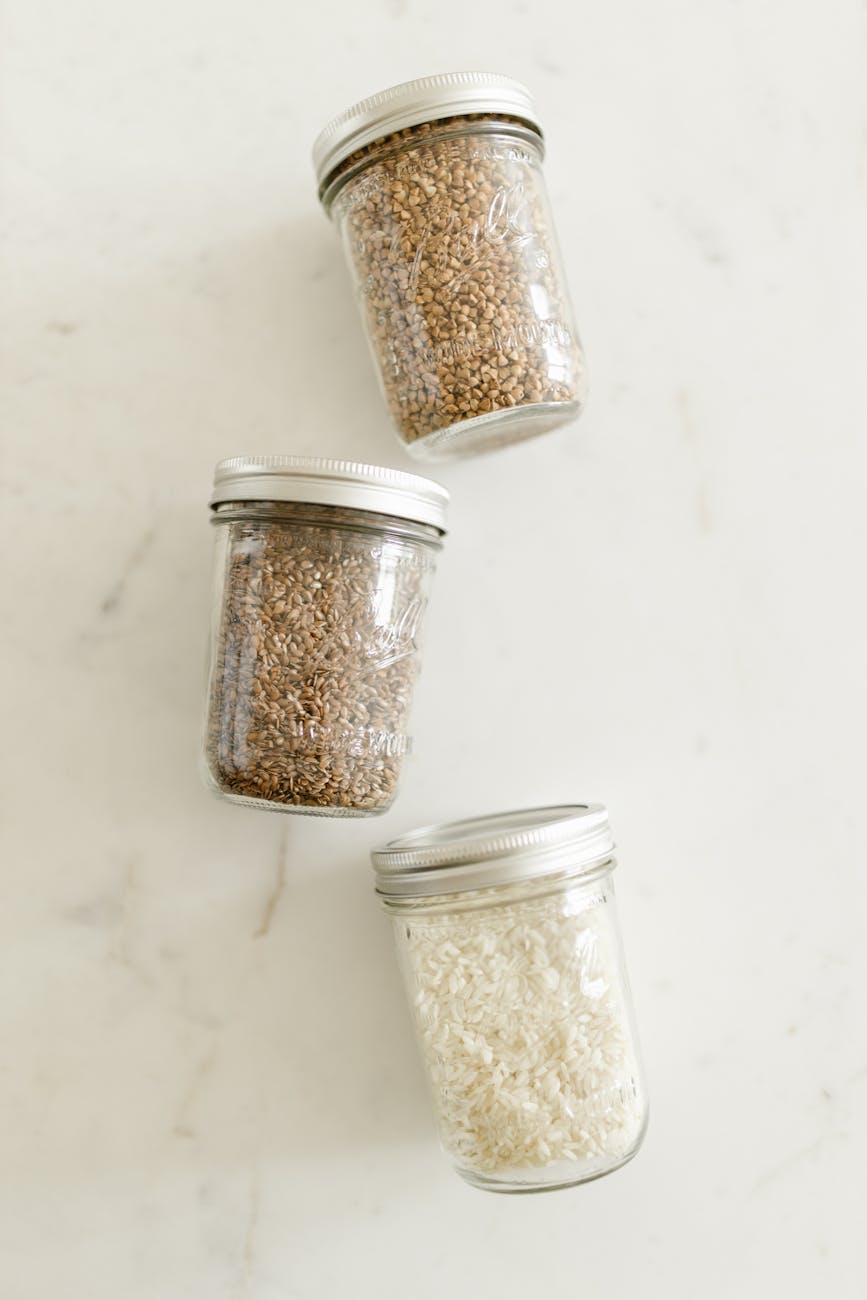
Quick tips for storing garden seeds:
- Avoid storing seeds in direct sunlight or near heat sources.
- Do not store seeds in humid environments.
- Test the seeds before planting them to make sure they are viable.
- You can add a packet of silica gel to the container with the seeds to help absorb moisture.
- If you are storing seeds in the refrigerator, make sure to let them come to room temperature before opening the container to avoid condensation.
- If you are storing seeds in the freezer, do not freeze them for more than a year.
Saving seeds is a great way to save money, reduce your reliance on commercial seed companies, and preserve heirloom varieties. It is also a fun and rewarding hobby that can connect you back to nature.
Happy Seed Saving!



